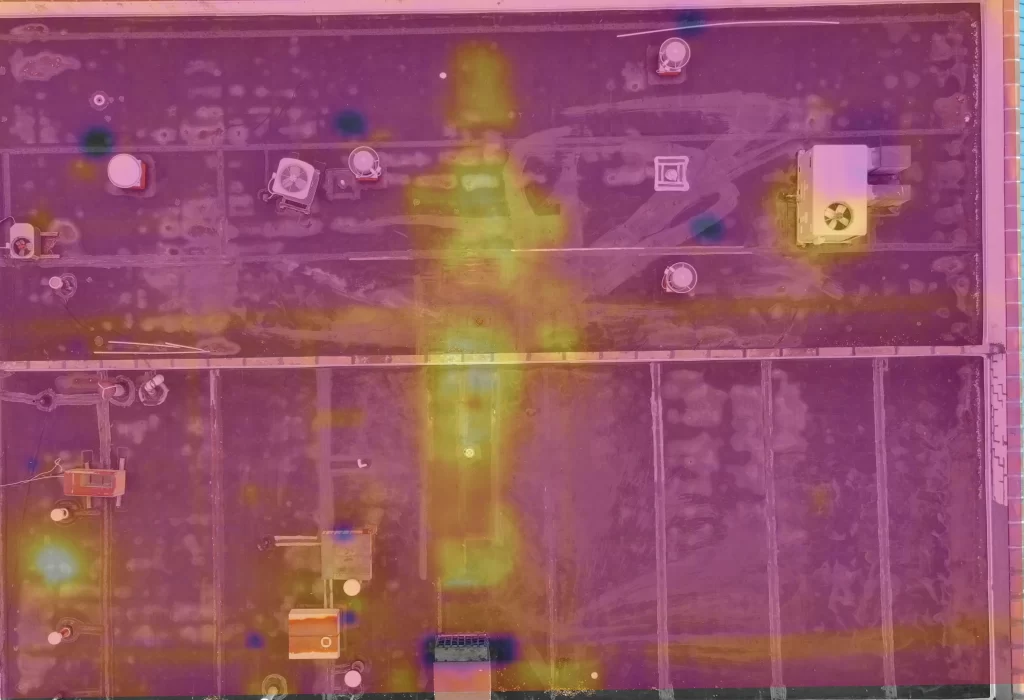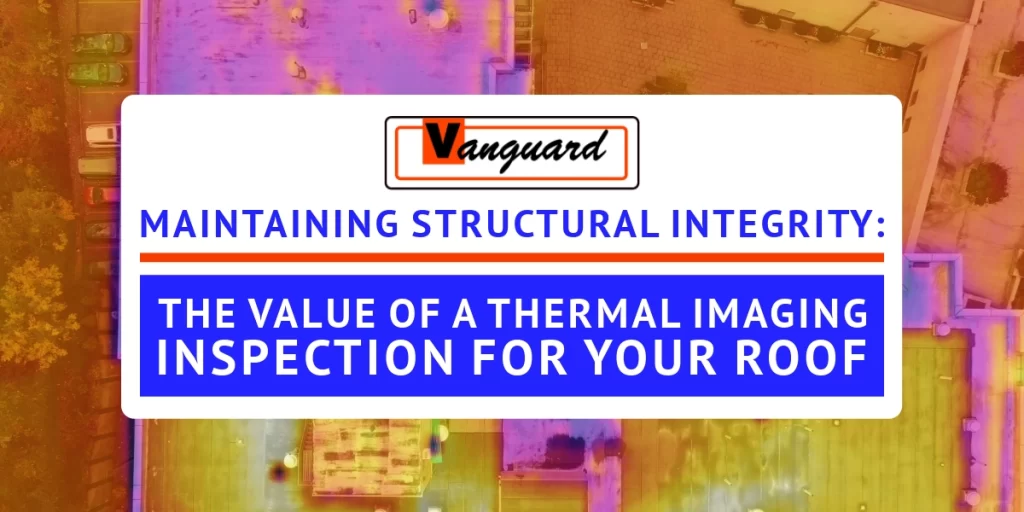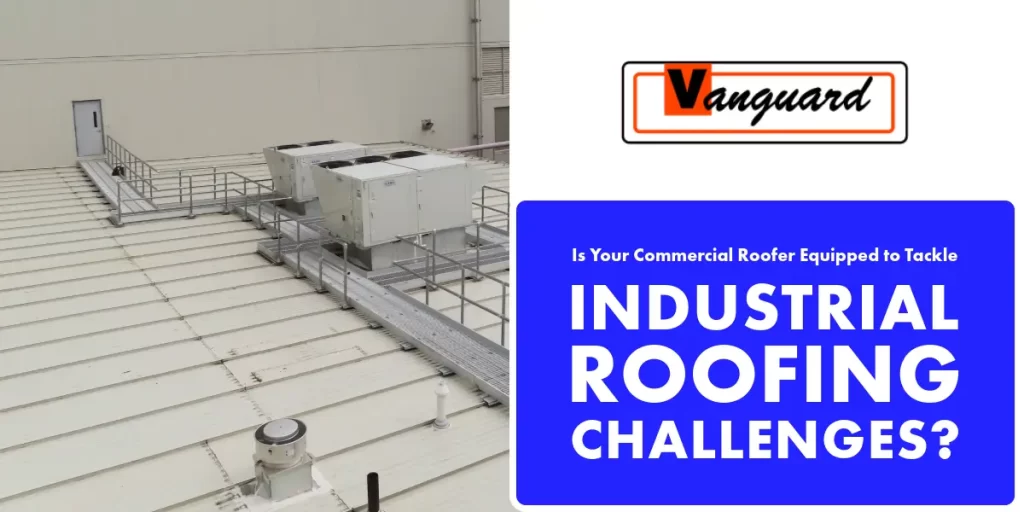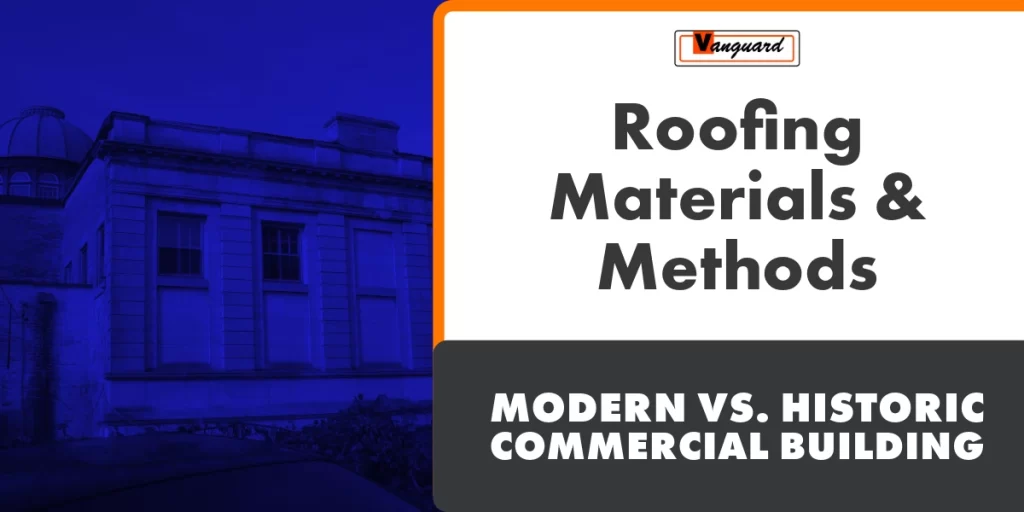Thermal imaging utilizes non-invasive infrared technology to detect system irregularities and create a visual output. As a commercial building property manager or owner, perhaps you’re unfamiliar with thermal imaging. Or maybe you’ve heard of it but don’t know enough about it to decide whether or not your business can benefit from it.
Today, a periodic thermal imaging inspection enables owners and managers to accurately assess their roof’s health. Much like an X-ray or CT/CAT scan, thermal imaging helps detect issues hidden beneath the surface that are difficult or impossible to observe with the naked eye and can maximize a business’s operational efficiency and safety.
4 Benefits Of A Thermal Imaging Inspection
1. Gather Valuable Data Efficiently
Commercial building roofs usually consist of tens or hundreds of thousands of square feet. A business may have several buildings or structures needing inspection simultaneously. A thermal imaging approach enables an inspector to analyze vast areas in a fraction of the time compared to traditional methods utilizing a grid-type contact search.
2. Less Expensive Alternative
A thermal imaging technique reduces overall inspection time by eliminating the need for transporting and assembling heavy access equipment such as ladders, scaffolding, roof brackets, or safety gear. Less time results in a lower-cost inspection for the commercial building owner yet generates better results.
3. Non-Invasive Approach
Using thermal imaging, a roofing inspector no longer needs to walk the entire roofing system, lift roofing materials to see under the surface or make incisions to analyze issues. Instead, a lightweight drone can survey the entire roofing system without touching the surface. Drone operators outline the roof’s perimeter and let the drone go to work.
4. Obtain Credible And Exhaustive Visual Documentation
Drone-based thermography provides a highly accurate and reliable source of information. Thermal imaging captures minute details that the naked eye would miss. Drones can fly patterns repeatedly and at different angles to allow closer inspection of potential problem areas. This data is crucial to preventative maintenance, repairs, and recordkeeping.
The Type Of Thermal Imaging Used By Vanguard Roofing
At Vanguard Roofing, we use a drone equipped with infrared (IR) sensors to conduct a thermal imaging inspection. Because the drone is noninvasive, the roof is not disturbed. A drone can scan a large commercial roof much faster than a manual walkthrough or other traditional inspection.
Thermal images utilize cutting-edge technology in the form of advanced drone software and are processed to provide an accurate representation of the roof’s condition. Potential issues requiring your attention become perceptible. If further analysis is warranted, the thermal images will capture precise coordinates.

Scheduling A Thermal Imaging Inspection
For commercial building owners and operators in the Northeast US, Vanguard Roofing offers unmatched thermal imaging inspection services. We get to the heart of the matter. When you choose us, we’ll facilitate a comprehensive evaluation and analysis of your roofing system that pinpoints problem areas. Using the information we gather, you can make an informed decision regarding what steps to take next.
To learn more about our roofing services or thermal imaging inspections, contact Vanguard Roofing today.



